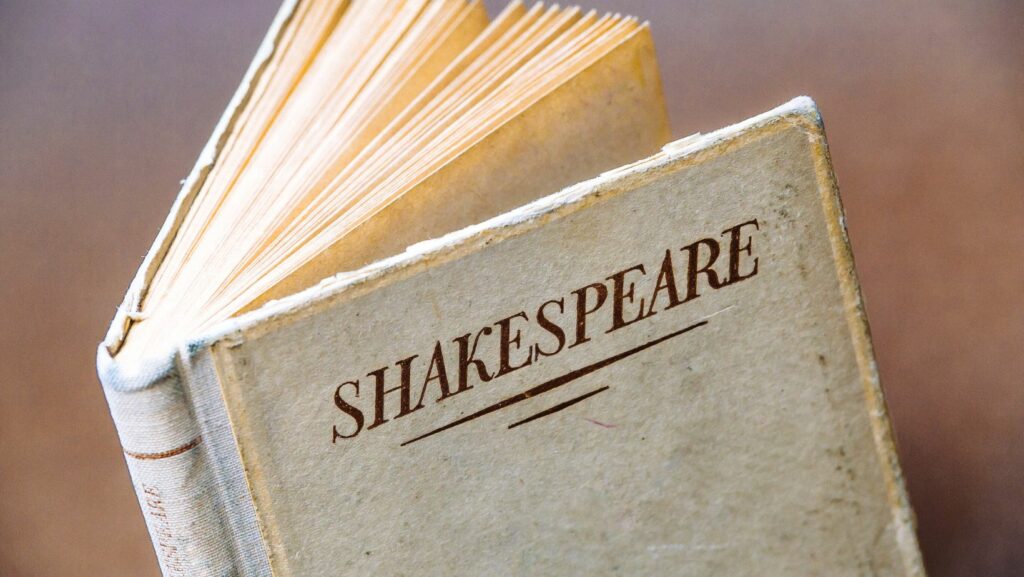Shakespeare Movie Adaptations
Shakespeare’s influence on cinema is profound, with filmmakers continuously drawing from his rich narratives. Since the silent film era, directors have sought to bring his complex characters and intricate plots to the screen. Notable early examples include the 1929 film “The Taming of the Shrew” starring Mary Pickford and Douglas Fairbanks. Over the years, Shakespeare adaptations have evolved, encompassing a variety of genres and styles. Laurence Olivier’s “Hamlet” (1948), for example, remains a seminal work in the realm of Shakespearean cinema, earning four Academy Awards. Similarly, Orson Welles’s “Macbeth” (1948) and “Othello” (1952) showcased his innovative directing techniques, incorporating expressionist visual elements.
With the advent of color film, adaptations took on new dimensions. Franco Zeffirelli’s “Romeo and Juliet” (1968) captured the youthful passion of Shakespeare’s lovers, appealing to the 1960s generation. Meanwhile, Kenneth Branagh brought a renewed vigor to Shakespeare adaptations in the 1990s, combining authenticity with cinematic flair in films like “Henry V” (1989) and “Much Ado About Nothing” (1993).
Modern directors have also made significant contributions. Baz Luhrmann’s “Romeo + Juliet” (1996) juxtaposed Shakespeare’s original dialogue with a contemporary setting, resonating with younger audiences. Julie Taymor’s “Titus” (1999) and “The Tempest” (2010) displayed her unique visionary style, blending theatrical elements with modern sensibilities.
Adaptations have not been confined to the English language. Akira Kurosawa’s “Throne of Blood” (1957) and “Ran” (1985) transformed “Macbeth” and “King Lear” into samurai epics, demonstrating Shakespeare’s universal appeal. Vishal Bhardwaj’s Bollywood films “Maqbool” (2003), “Omkara” (2006), and “Haider” (2014) reinterpreted Shakespeare’s tragedies in an Indian context.
Notable Shakespeare Movie Adaptations
Filmmakers have skillfully brought Shakespeare’s plays to the big screen, creating numerous adaptations that span different eras and styles. Exploring these adaptations highlights the diversity and creativity in interpreting Shakespeare’s works. Hamlet (1948): Laurence Olivier directed and starred in this adaptation of Shakespeare’s tragedy. The film’s innovative use of shadows and close-ups helped Olivier win the Academy Award for Best Actor. Macbeth (1948): Orson Welles directed and starred in this atmospheric film. His unique visual style and compelling performance captured the dark essence of the play.
Romeo and Juliet (1968): Franco Zeffirelli’s adaptation appealed to the 1960s youth. The vibrant cinematography and young cast brought a fresh perspective to the classic love story. The film won two Academy Awards and garnered critical acclaim for its authenticity.
Romeo + Juliet (1996): Baz Luhrmann’s bold adaptation featured contemporary settings and modern costumes while retaining Shakespeare’s original dialogue. Leonardo DiCaprio and Claire Danes played the star-crossed lovers, making this version a favorite among younger audiences.
Hamlet (1996): Kenneth Branagh’s full-text film adaptation showcased his dedication to authenticity. At over four hours, it included the entire play and featured an all-star cast with actors like Kate Winslet and Julie Christie.
The Lion King (1994): Although not a direct adaptation, Disney’s animated film drew inspiration from “Hamlet.” The story of Simba echoes the themes of betrayal and revenge found in the Shakespearean play.
Gnomeo & Juliet (2011): This animated comedy reimagined “Romeo and Juliet” with garden gnomes. The film retained the central conflict while adding humor and a family-friendly twist. James McAvoy and Emily Blunt voiced the titular characters.
Strange Magic (2015): Although loosely based on “A Midsummer Night’s Dream,” this animated musical film used Shakespeare’s themes of love and magic. Its fairy-tale setting and whimsical characters made it accessible to a younger audience.
Directors Who Brought Shakespeare To Life
Visionary directors transformed Shakespeare’s plays into captivating films. They combined masterful storytelling with unique cinematic techniques, making these adaptations timeless. Orson Welles redefined Shakespearean cinema through his groundbreaking adaptations. Known for his innovative techniques, Welles directed “Macbeth” (1948) using stark, expressionistic visuals and atmospheric settings. In “Othello” (1952), he utilized creative editing and striking locations, bringing a new depth to the tragedy. His “Chimes at Midnight” (1965) fused elements from multiple plays, showcasing his unique vision and understanding of Shakespeare’s work.
Kenneth Branagh is celebrated for his faithful and energetic Shakespeare adaptations. His “Henry V” (1989) received widespread acclaim for its robust performances and dynamic battle scenes. In “Much Ado About Nothing” (1993), Branagh’s direction highlighted the play’s humor and romance, set against the lush Italian countryside. His ambitious full-text rendition of “Hamlet” (1996) offered audiences an exhaustive, four-hour version, emphasizing the play’s complex themes and characters.
Baz Luhrmann brought a flamboyant, modern twist to Shakespeare’s works. His “Romeo + Juliet” (1996) stood out for its contemporary setting in Verona Beach, retaining the original text while infusing it with vibrant visuals and a dynamic soundtrack. The film’s bold reimagining attracted younger audiences and demonstrated Luhrmann’s flair for visual storytelling. The juxtaposition of Shakespearean dialogue with modern elements showcased his ability to bridge classic literature with present-day sensibilities.

